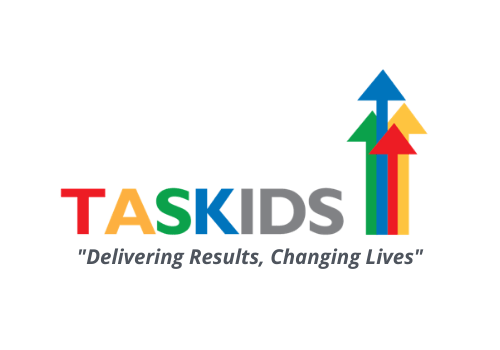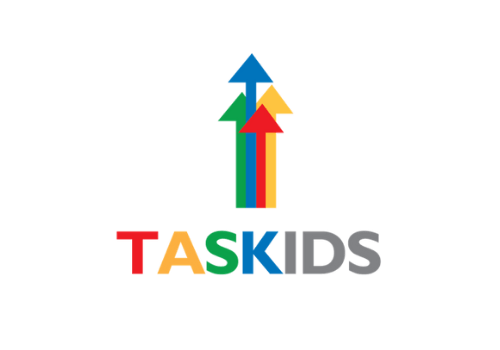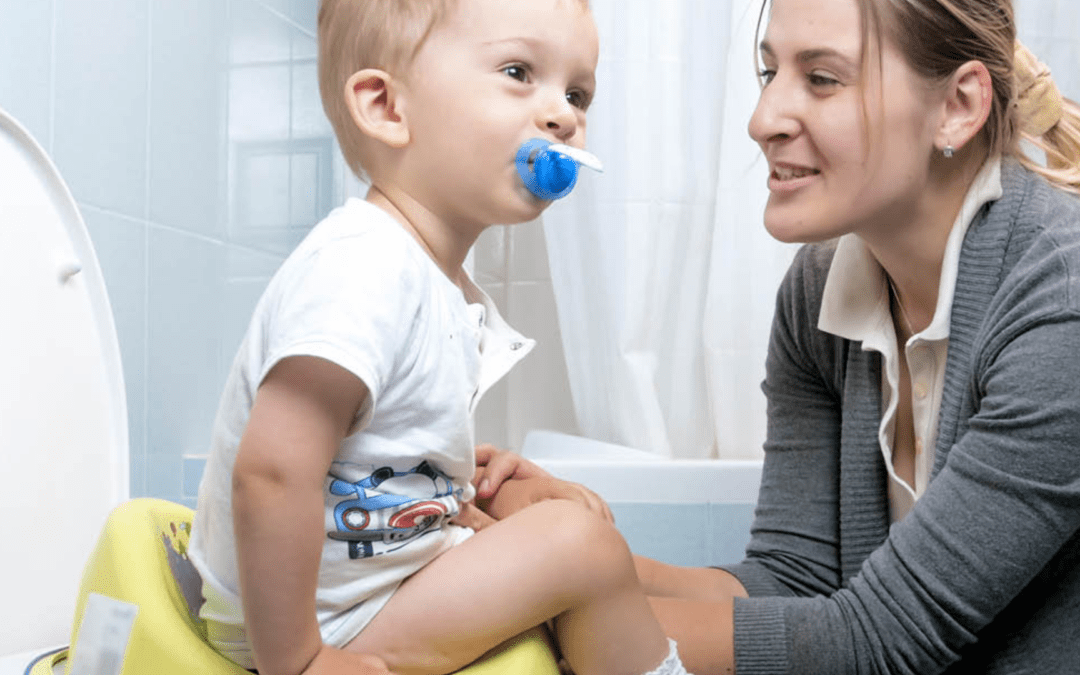Potty training a toddler can be a wee bit troublesome – and potty training with autism can be even more so. As we all know, it can take a little longer for children on the spectrum to master some skills – and potty training can be one of them.
Multiple issues can contribute towards toilet training troubles. Sometimes children with autism don’t have the motor skills needed to complete the task, while others are not cognitively able to recognize when it’s potty time.
And for some, they may not know how to communicate (verbally or nonverbally) to someone when they need to use the bathroom. It’s important to consider these factors before deciding whether or not your child is ready for their potty training.
But don’t stress too much. Where there’s a problem, there will always be a solution. As long as you have patience, structure, and reinforcement, your child will eventually complete their potty training and they’ll be qualified to lift the lid all on their own.
But are there signs to look out for that indicate when your child with autism is ready to be potty trained?
Yes. When your child with autism is ready for potty training, they will begin to show that in their behaviors.
“Three Signs of Readiness”:
- They do not like the feeling of a wet or soiled diaper – They will show you by taking off the wet or soiled diaper/pull-up, and they’ll vocalize their issue.
- They show interest in the toilet – They’ll do this by sitting on it, flushing it, or watching an adult use it.
- They will take an adult to the bathroom to get a clean diaper – This will show you that they’re comfortable in the bathroom and that they’re associating their “business” with that particular room.
But successfully toilet training your child will take a fair bit of prep and planning. Being unprepared is a rookie error, and can lead to frustration for both parent and child.
That being said, training happens in two phases: The Planning Phase and The Setting Up Phase.
Potty Training With Autism
Planning Phase
It’s time to plan for it, which means gathering everything you’ll need, such as:
- a potty seat
- wipes
- visual supports
- “toilet entertainment” like books and toys
- “reinforcement bin” which contains toys that they can play with ONLY once they’ve completed their business successfully, and
- social story books on ways to use the toilet.
Then, it’s time for the…
Setting Up Phase
Pick one bathroom in the house and designate it as their training bathroom. Make it comfortable for them ready by:
- Placing the potty seat and stool on the toilet – ready to go
- Putting in their underwear and wipes
- Placing the activity basket next to the toilet
- Hiding the reinforcement bin in your room
- Hanging up any visuals
Whether your child communicates verbally or nonverbally, when it comes to potty training with autism it is important to teach them how to communicate when they need to use the loo. Before they use the bathroom, ask them to communicate that he/she needs to use the toilet.
Verbal – “Potty,” or “I want potty.”
Nonverbal – Ask them to point to the toilet
Once your child feels comfortable with doing their business all by themself, encourage him/her to wipe, flush and pull up their pants all by themself, too.
Once they do this more frequently, you can slowly phase out communication. Your child will eventually get their Bachelor’s Degree in Weeing and Pooing, and will become fully independent in an everyday activity.

About Taskids California
As the leading ABA provider in four California counties, we provide individualized treatment plans using a spectrum of scientifically validated therapies. We pride ourselves on our ability to tailor each treatment plan to the individual needs of our patients. We help children and adolescents with Autism and other Developmental Delays reach their goals.
Contact Us to start ABA therapy services

